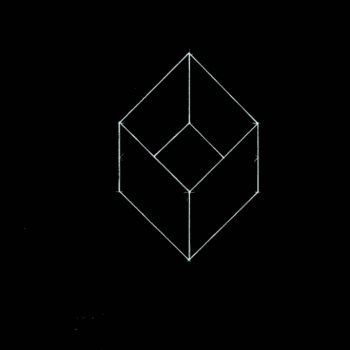We begin with #y=x^2+4x-2#. In order to find the vetex form of this equation we need to factor it. If you try it, #y=x^2+4x-2# is not dactorable, so now we can either complete the square or use the quadratic formula. I'm going to use the quadratic formula because it is fool-proof, but learning how to complete the square is valuable too.
The quadratic formula is #x=(-b+-sqrt(b^2-4*a*c))/(2*a)#, where #a, b, c# come from #ax^2 +bx+c#. In our case, #a=1#, #b =4#, and #c=-2#.
That gives us #x=(-4+-sqrt(4^2-4*1*-2))/(2*1)#, or #(-4+-sqrt(16-(-8)))/2#, which simplifies further to #(-4+-sqrt(24))/2#.
From here we expand #sqrt(24)# to #2sqrt(6)#, which makes the equation #(-4+-2sqrt(6))/2#, or #-2+-sqrt(6)#.
So we went from #x=(-4+-sqrt(4^2-4*1*-2))/(2*1)# to #x=-2+-sqrt(6)#. Now we add #2# on both sides, leaving us with #+-sqrt6=x+2#. From here, we need to get rid of the square root, so we'll square both sides, which will give us #6=(x+2)^2#. Subtarct #6#, and have #0=(x+2)^2-6#. Since we're looking for the eqaution when #y=0# (the #x#-axis), we can use #0# and #y# interchanagbly.
Thus, #0=(x+2)^2-6# is the same thing as #y=(x+2)^2-6#. Nice work, we ow have the equation in Vertex form!

